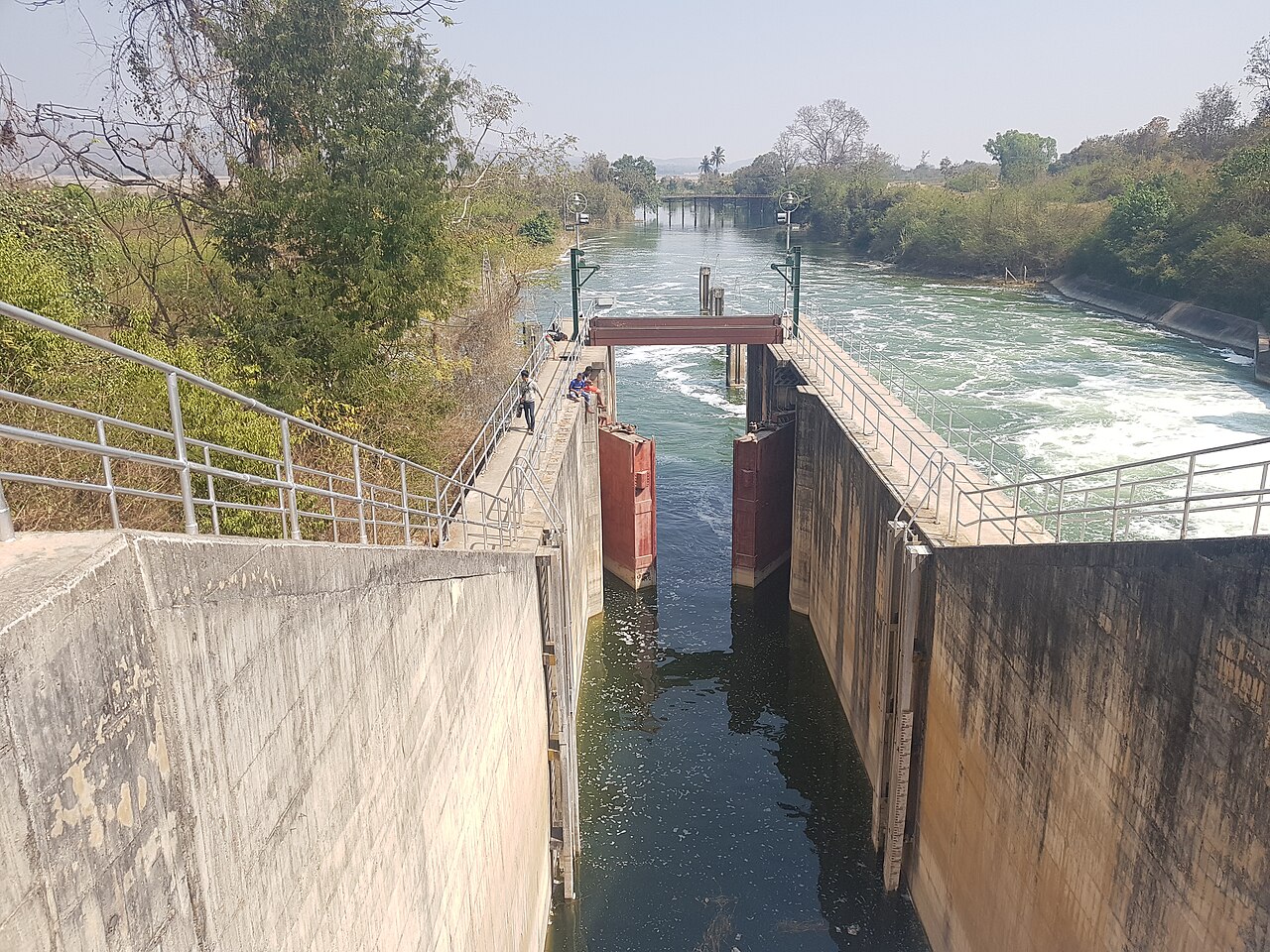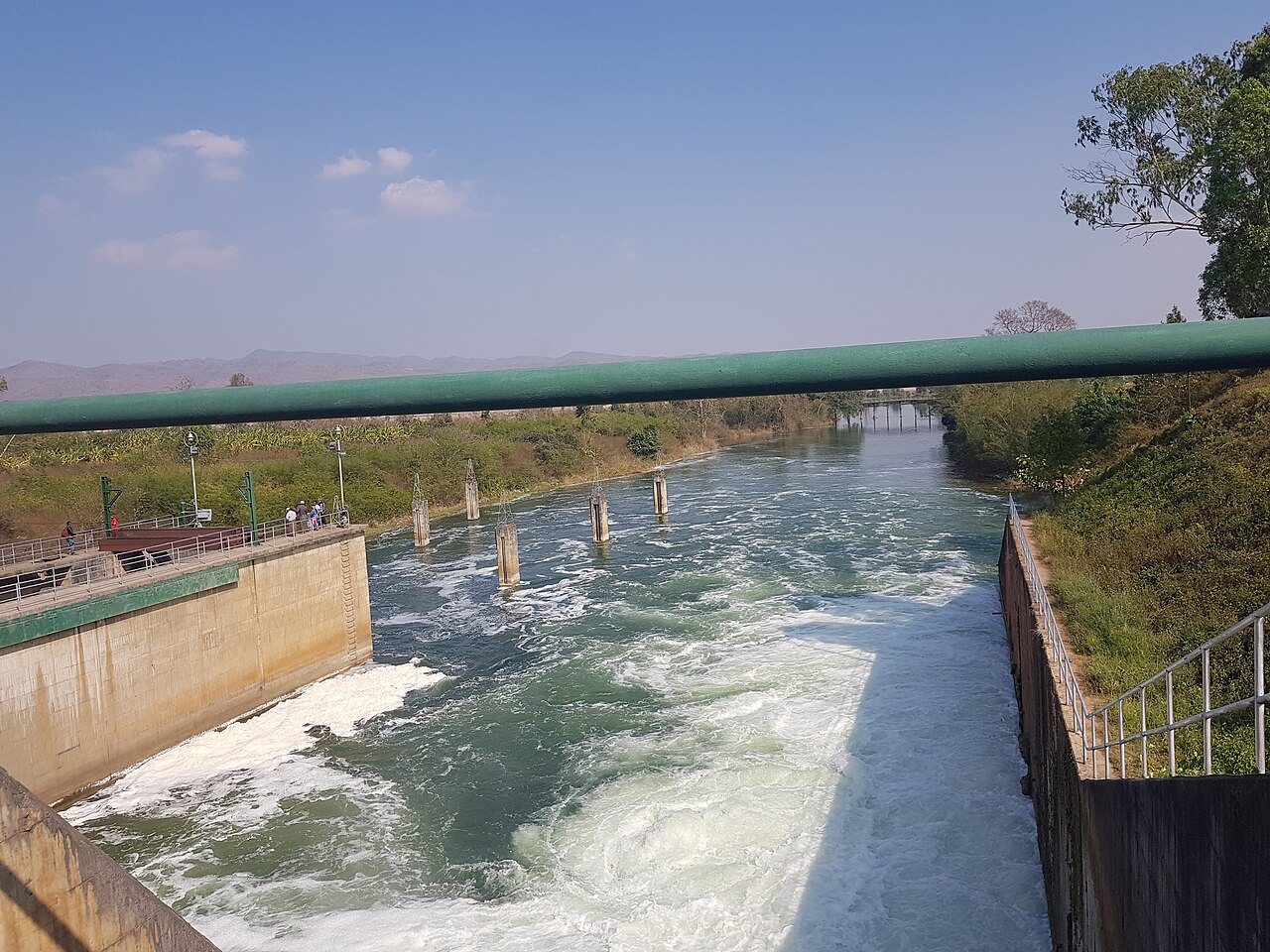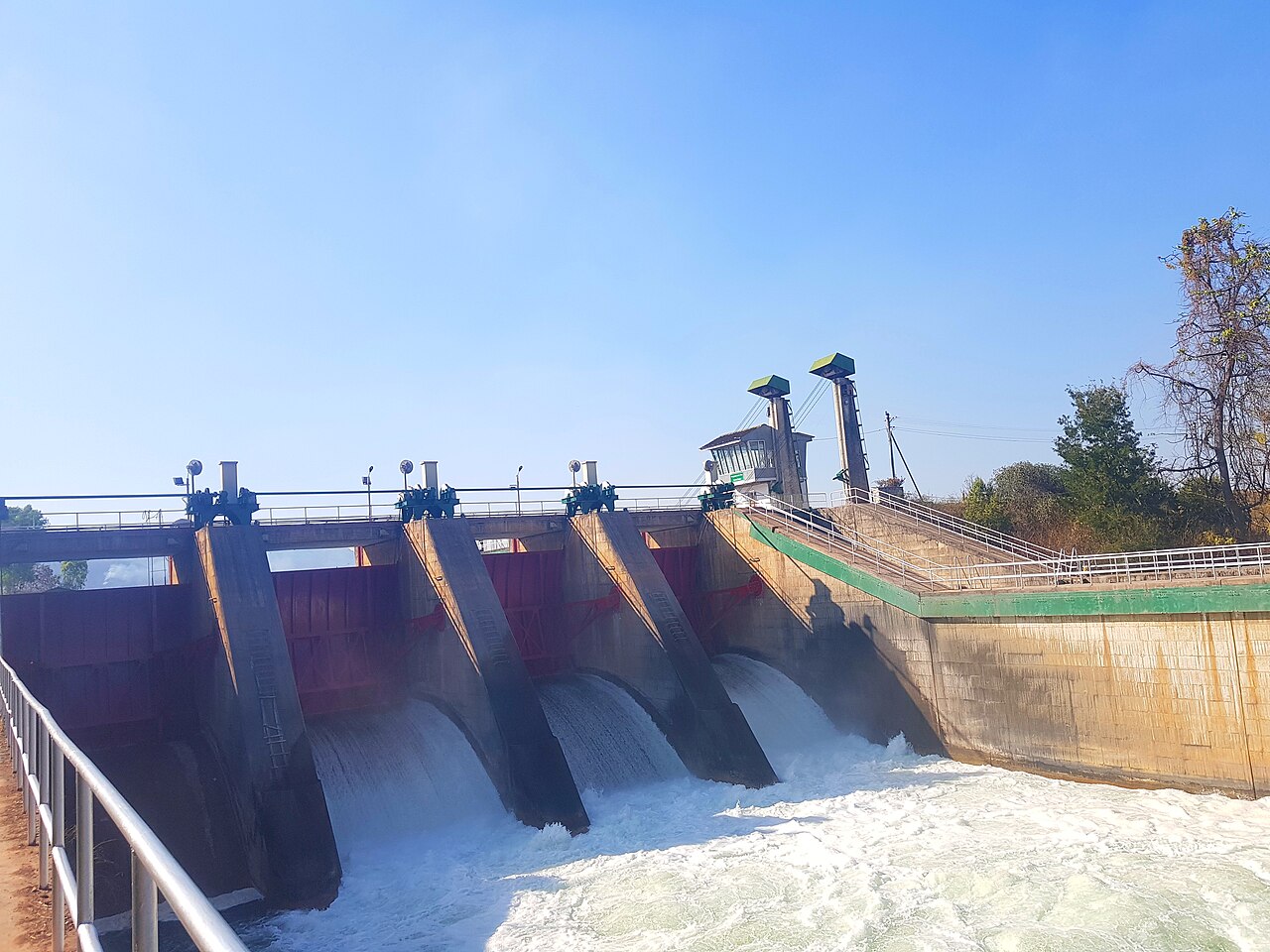
Ongoing monitoring and maintenance of investments are crucial for ensuring the long-term success and health of your investment portfolio.
Here are detailed steps and strategies to help you effectively monitor and maintain your investments:











Ongoing Monitoring
Regular Performance Reviews:
Frequency: Conduct quarterly or bi-annual reviews of your portfolio.
Metrics: Evaluate the performance of each investment against benchmarks and your goals.
Adjustments: Identify underperforming assets and consider rebalancing.
Track Financial News and Market Trends:
Sources: Follow reputable financial news sources, market reports, and economic indicators.
Impact Analysis: Assess how global and local economic events may affect your investments.
Evaluate Risk Levels:
Risk Assessment: Regularly reassess your risk tolerance and ensure your portfolio aligns with it.
Diversification Check: Verify that your portfolio remains diversified to spread risk.
Monitor Asset Allocation:
Balance: Ensure your portfolio maintains the desired allocation across various asset classes (stocks, bonds, real estate, etc.).
Rebalancing: Periodically rebalance to maintain target asset allocation, selling overperforming assets and buying underperforming ones.
Review Fees and Costs:
Expense Ratios: Check the fees associated with mutual funds, ETFs, and other managed investments.
Transaction Costs: Monitor costs associated with buying and selling investments.
Stay Informed on Individual Investments:
Company Updates: For individual stocks, stay updated on company performance, earnings reports, and strategic changes.
Property Inspections: For real estate, conduct regular property inspections and ensure timely maintenance.
Ongoing Maintenance
Rebalancing Portfolio:
Scheduled Rebalancing: Set a regular schedule (annually or semi-annually) to review and rebalance your portfolio.
Threshold Rebalancing: Rebalance when asset allocations deviate from target by a specific percentage.
Tax Efficiency:
Tax-Loss Harvesting: Offset gains by selling investments at a loss to reduce tax liabilities.
Tax-Advantaged Accounts: Maximize contributions to retirement accounts (e.g., 401(k), IRA) for tax benefits.
Income Management:
Dividend Reinvestment: Automatically reinvest dividends to compound growth.
Rental Income: Ensure timely collection of rental income and manage expenses for real estate properties.
Record Keeping and Documentation:
Transaction Records: Maintain detailed records of all transactions for tax reporting and performance analysis.
Property Records: Keep comprehensive records of property maintenance, tenant agreements, and expenses.
Emergency Planning:
Cash Reserves: Maintain an emergency fund to cover unexpected expenses or investment opportunities.
Exit Strategies: Have clear exit strategies for each investment to avoid hasty decisions during market downturns.
Professional Advice:
Financial Advisor: Consider working with a financial advisor for personalized advice and strategic planning.
Property Manager: Hire a property manager for real estate investments to handle day-to-day operations.
Tools and Resources
Financial Software: Use financial planning and portfolio management software (e.g., Mint, Personal Capital, Morningstar) to track investments and performance.
Brokerage Platforms: Leverage tools provided by brokerage platforms for real-time tracking, analysis, and research.
Mobile Apps: Utilize mobile apps for on-the-go monitoring and updates.
Conclusion
Ongoing monitoring and maintenance of your investments are essential for achieving your financial goals and mitigating risks. By staying informed, regularly reviewing performance, and making necessary adjustments, you can ensure your investment portfolio remains aligned with your objectives and risk tolerance. Implementing a disciplined approach to monitoring and maintenance can enhance long-term returns and provide peace of mind.

Leave a Reply